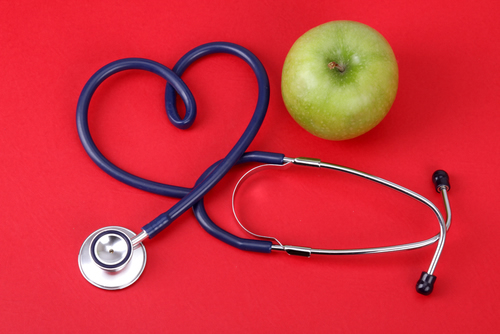
|
If you could stay on top of these five things each day, you’ll be on your way to a safer workplace!
Five a Day for Safety
You can choose your own five to suit your needs and priorities, or you can start from our recommended five:
- Inform. Make sure safety is at the forefront of every worker’s mind, every shift, by scheduling a 10-minute toolbox talk for each group of workers at the beginning of each shift. Depending on your company’s size and the way your workforce is distributed, you may not be able to give all these talks yourself, but you can certainly prepare and provide materials to supervisors so they can be ready to address critical safety issues, discuss near misses, and remind workers that safety really does matter. Maybe workers won’t remember it all, but they’re bound to remember at least some. Like they say with kids, you may not be able to control what goes in their mouths, but you can control what goes on their plates. Serve up safety first, and the chance that it will become part of a worker’s regular diet will improve.
Your one-stop safety management resource, available 24/7. Go here to take a no-cost site tour or here to try it in your own office!
- Inspect. A daily walk-through inspection of your workplace, like a serving of vegetables, provides multiple benefits. First, it makes you visible to workers—they’ll know that safety isn’t something you preach from the insulation of your office, and you’ll be accessible if they need to bring you any concerns. Second, it gives you an opportunity to identify and correct unsafe work practices and conditions on the spot, before they become entrenched bad habits or serious problems. Third, by documenting your inspections, you create a paper trail demonstrating to OSHA inspectors and others that you’re taking a proactive stance on safety. In one serving, you’ve got your safety vitamins, micronutrients, and fiber.
- Record. All that paperwork piles up quickly. If you make some time each day to keep up with your recordkeeping—and its associated filing duties—you’ll lose fewer important papers, miss fewer deadlines, and have an easier time producing whichever records you’re called upon to produce during a management audit or DOSH inspection. That’s bound to be good for your heart.
- Connect. You may work with multiple machinists, dozens of delivery drivers, and a whole sales staff, but few companies have more than one health and safety professional. It can be a lonely job, and working solo can make it difficult to know what’s going on outside your little corner of the world. Make time each day to connect with other professionals in your field so you won’t miss important safety developments. Also, be sure to connect with your superiors so safety isn’t forgotten as a part of your employer’s overall business plan. Remember, eating is best enjoyed as a communal activity, and so is safety!
Great news! BLR’s renowned Safety.BLR.com® website now has even more time-saving features. Take our no-cost site tour! Or better yet, try it at no cost or obligation for a full 2 weeks.
- Stretch. Safety officers aren’t immune from overexertion, the number-one cause of work-related injuries. Give your body a break throughout the day and do some stretches. You’ll relieve both physical and psychological stress. Do you need a better-looking carrot than that?
Tomorrow, we’ll look at four Web-based resources—besides Safety.BLR.com®—where you can find reliable information and publications to enhance your safety program.
